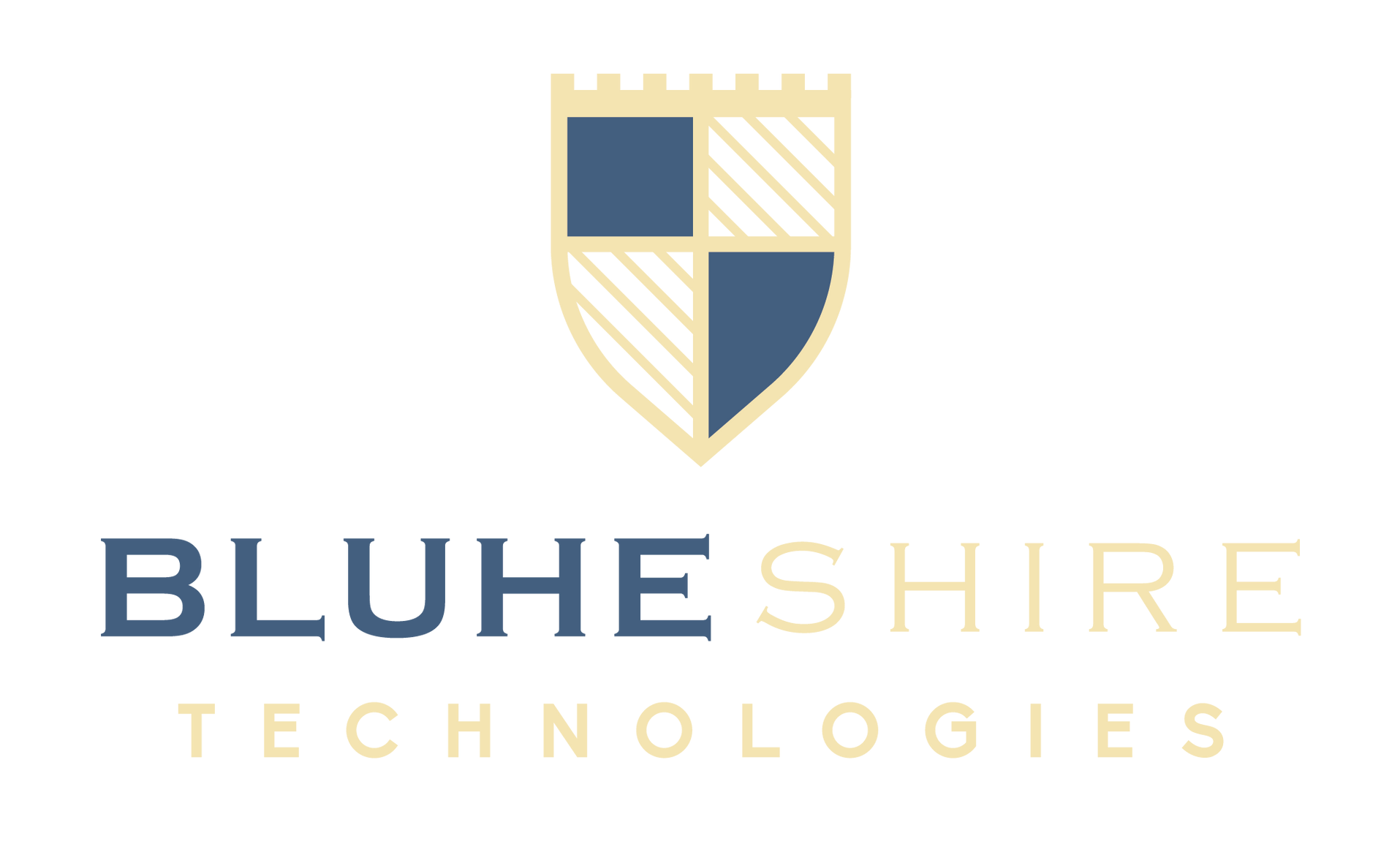Project Funding
monetize Your Digital RMB
Monetizing Digital RMB Compatible Project Funding
Monetizing digital RMB is a relatively new concept that sits at the intersection of digital finance, cross-border trade, and blockchain-based central bank currencies.
What is monetizing Digital RMB?
Monetizing Digital RMB means using holdings or receivables in digital RMB (also known as e-CNY) to access liquidity or funding. The digital RMB is a central bank digital currency (CBDC) issued by the People’s Bank of China and designed for fast, traceable, and secure transactions, especially in cross-border trade.
To monetize digital RMB, a business or project sponsor typically needs to have incoming payments, contracts, or receivables denominated in digital RMB — or access to digital RMB reserves. These assets can then be used as a basis for short-term financing, credit lines, or structured funding through a financial partner or institution that supports digital RMB-based settlement systems.
The monetization process may involve verifying the source, compliance status, and traceability of the digital RMB, along with any relevant trade documents, smart contracts, or proof of incoming flows. The partner institution (such as Bluhe Shire) may also assess whether the digital RMB is part of an approved corridor (e.g., within ASEAN or the Middle East) and whether it qualifies for cross-border use under regulatory guidelines.
Monetizing digital RMB can be a strategic way to access faster funding and reduce dependency on USD-based systems, especially in emerging trade regions. However, it carries considerations such as
regulatory approval,
settlement channel availability, and
smart contract enforcement. Businesses may also incur processing or network fees depending on the platform or financial structure used.
How It Works
1. Receive or Control Digital RMB (e-CNY) Assets
Before monetization can occur, a business must either:
- Receive cross-border payments in digital RMB (e.g., for goods, services, or project contracts)
- Hold digital RMB balances in a compliant wallet or account
- Have access to receivables or smart contracts denominated in digital RMB (e.g., as part of a joint venture or BRI project)
These funds are typically held in e-wallets authorized by the People’s Bank of China or its partner platforms.
2. Verify and Document the Source
A financial trust or monetization partner (like Bluhe Shire) will need to verify:
- The origin of the digital RMB (trade-based, investment, settlement, etc.)
- The counterparties involved (to ensure KYC/AML compliance)
- The legal and commercial purpose of the transaction (e.g., payment for services, supply chain settlement, or JV contribution)
This helps ensure the transaction meets international compliance standards and isn't linked to restricted jurisdictions or activities.
3. Structure the Monetization Agreement
Once verified, the monetization process begins by creating a funding structure, such as:
- A short-term loan facility using the digital RMB balance or receivable as the underlying asset
- A bridge financing agreement where the future incoming digital RMB is used to access upfront capital
- A credit enhancement or guarantee instrument tied to the value of the digital RMB held
This structure may be managed through smart contracts on approved blockchain networks to ensure automation and traceability.
4. Use the Digital RMB as Collateral or Trade Value
The digital RMB is not converted into fiat unless needed. Instead, it is:
- Pledged as collateral for a capital facility
- Used to settle trade invoices directly, bypassing SWIFT and lowering transaction fees
- Placed in custody or trust temporarily while capital is disbursed to the business/project owner in fiat or another currency
The value of the monetized amount typically depends on:
- The volume of digital RMB
- The contract terms or receivable schedule
- The region and settlement corridor (e.g., Southeast Asia or the Middle East)
5. Disbursement of Funds
Once the structure is finalized:
- The monetization partner releases capital (typically 70–90% of the asset value, depending on risk)
- The borrower receives funds in USD, EUR, RMB, or local currency
- The digital RMB remains in escrow, trust, or an agreed custody structure until the facility matures
6. Repayment or Closure
The monetization agreement will define:
- The repayment timeline (if loan-based)
- The release of digital RMB upon fulfillment
- Any profit-sharing or fee structure
If structured properly, this can repeat or scale with future inflows — creating a revolving funding model powered by digital RMB.
Why Digital RMB Can Be a Strategic Market — Even for U.S. Companies
1. Massive Global Adoption
- 87% of countries have adapted to digital RMB infrastructure.
- It's being actively used in cross-border trade with ASEAN, the Middle East, and Africa — regions experiencing huge infrastructure growth and funding opportunities.
2. Faster, Cheaper Settlement
- Digital RMB settles in seconds, not days — with 98% lower fees than SWIFT.
- If you’re working in international trade, supply chain finance, or project funding, this is a game-changer.
3. Expanding Belt and Road Integration
- If you’re involved in energy, transport, logistics, or smart infrastructure in any of the 140+ Belt and Road countries, settlement in e-CNY is becoming a preferred route.
4. Strategic Positioning
- By understanding and participating in digital RMB flows, you're future-proofing your business as the world moves toward multipolar currency systems.
- Early adopters tend to build technical and financial moats that are hard for latecomers to replicate.
Risks & Considerations for U.S. Companies
1. Geopolitical Tension
- The U.S. government has strategic concerns over de-dollarization and financial sovereignty, particularly around China’s CBDC infrastructure.
- While there are no outright bans on using digital RMB, companies must carefully navigate regulatory landscapes and avoid triggering compliance flags.
2. OFAC & Sanctions Compliance
- Any U.S. company must ensure digital RMB transactions don’t involve sanctioned entities, banks, or jurisdictions.
- AML/KYC compliance and enhanced due diligence are a must.
3. Unclear U.S. Policy
- The U.S. has not yet fully regulated or embraced CBDCs, which means your bank or payment processor might not yet support or understand how to handle digital RMB.
- But this can be an advantage if you work with a trust or entity like Bluhe Shire that bridges the gap.


